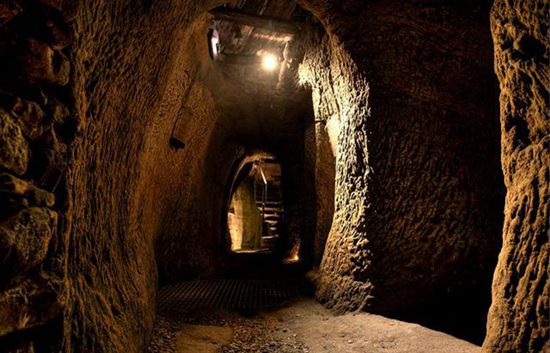
10 Amazing Secret Passages, Tunnels & Mysterious Hidden Rooms
By Debra Kelly, Urban Ghosts Media, 12 December 2014.
By Debra Kelly, Urban Ghosts Media, 12 December 2014.
Let’s all admit it right now - you are absolutely never, ever too old or too jaded to think secret passages, mysterious tunnels and hidden rooms aren’t the coolest thing ever. If there’s one thing that we’d all have included in our homes, it’s our own secret hiding place where we can escape from the world for just a little bit. Some places are fortunate enough to have just that.
10. The Murder Castle at 63rd and Wallace Street, Chicago
H.H. Holmes is one of the most notorious - and prolific - serial killers in history. It’s been suggested that he not only worked his trade in Chicago, but that he was also Jack the Ripper. While that’s just a theory, one thing that has been explored in its terrifying entirety is his massive hotel of horrors, which absolutely earned its nickname, The Murder Castle.
Image: screenshot via Fox 32 Chicago
On the surface, Holmes built the massive building as just another one of his business ventures - it was advertised as a hotel that he planned on opening during the World Fair. Accurate enough, perhaps, but it was all a cover to lure single female travellers to their deaths. Funded with the money Holmes acquired from various scams and cons, it was only after the hotel was opened to investigation that the full scale of the hotel’s secrets were revealed.
Image: screenshot via Fox 32 Chicago
There were about 40 secret rooms in the hotel, and when the detailed blueprints of the hotel was released to the public, they were assigned named like the “hanging secret chamber”, the “black closet”, and the “room of three corpses”. The interior of the hotel was a honeycomb of secret passages, staircases that went nowhere, hidden doors to blind passageways, and trap doors - especially trap doors. It was the trap doors that led to the cellar, with its operating tables, torture devices, crematorium, and quicklime pits.
Image: screenshot via Fox 32 Chicago
The so-called murder castle no longer stands, but there are still the remains of Holmes’ work that can be seen. There’s a post office there, now, and below the post office are the remnants of tunnels. Made from turn-of-the-century bricks and showing signs of weathering and of fire damage, it’s claimed that the tunnels are one of the few remnants of the terrifying funhouse of secrets that saw the deaths of hundreds of women.
9. The Cave Tunnels of Predjama Castle, Slovenia
Predjama Castle doesn’t look like you’re typical 13th century castle, for a good reason - it’s absolutely not. Built against a sheer rock face and butting up against the entrance to Postojna Cave, the castle is amazingly well-fortified, as 15th century errant knight and robber baron Erazem Jamski could attest.
A local lord from the end of the 15th century, he went up against the Habsburgs over an insult delivered onto his deceased friend. According to the story, he holed himself - and his loyal followers - up inside the castle when the Hapsburg army laid siege to them. He had a secret, though - a tunnel that ran between the castle and the massively extensive, 5-kilometre-long nearby cave system of tunnels. By night, he would use the cave to leave the castle and retrieve fresh supplies. He was so cocky, in fact, that he was said to regularly taunt the army outside by throwing fresh cherries at them. All things must come to an end, and his was a particularly unfitting one. A servant was bribed for the location of the tunnel, and to raise a flag when his master went to use the bathroom - an outhouse high up on the side of the castle. A single canon shot fired through the wall of the bathroom is said to have been the end of the infamous robber lord.
In 1818, the tunnels were rediscovered and opened to tourism; a railway was added first, with guides that pushed along the train cars. Eventually, there was a gas locomotive added and finally an electric one in 1945 - after the cave’s use as a storage facility for the German army during World War Two.
Today, you can still go visit and tour the castle and the tunnels behind it. There’s also a medieval tournament held every summer on the grounds, using the 16th century rules and guidelines to dictate the regulations of field combat.
8. The Castle that Sherlock Holmes Built…Sort of
The popular image of Sherlock Holmes is one that includes a deerstalker cap, a pipe, and the phrase, “Elementary….” but it’s also well known that none of those things actually came from Holmes’ creator, Sir Arthur Conan Doyle. Instead, they were the inventions of the man who portrayed Sherlock Holmes on the stage on more than 1,300 different occasions - William Gillette.
Not surprisingly, Gillette was something of an eccentric who loved a good mystery - and that’s clear by the mansion he built. It overlooks the Connecticut River, where it looks extremely out of place. Made from local stone (which, the story says, he paid for by the cartload as locals would bring it up to the construction site), the house was built between 1914 and 1919, and it was made to look like a medieval German castle. Inside, it looked more like a hunting lodge than a castle, and was so full of secrets that even the stalwart investigator would have approved.
Image: epicfantasy via YouTube
There are a series of hidden passages that the stage actor built just so he would be able to make grand entrances - and exits - to astonish his guests. There are secret doors that he had installed just in case he had unwanted company and needed to make a quick getaway, and there’s also a series of adjustable mirrors that allowed him to view the goings-on in various rooms from secret passages outside.
The house also has 47 doors - each one of them is unique, and each one of them has a massive, specially-designed locking mechanism - some take up the width of the entire door, and look like something more suited to a steampunk novel than a medieval castle. Pieces of furniture were built on tracks in the floor so they would move with the flip of a switch or the push of a button, and flipping another switch would reveal a secret staircase to a secret room, complete with a fireplace.
Tragically, Gillette’s wife passed away before the mansion was built, and the couple had no children. There were other residents at the house, though - Gillette was a passionate cat person, and at any given time there were up to 17 that roamed the mansion’s secret passages with him.
7. The Mysterious Passages of Gilmerton Cove, Edinburgh
Gilmerton Cove is the name given to a series of underground tunnels that snake their way beneath the Gilmerton section of Edinburgh. According to the legend, the tunnels were chiselled from the stone about 300 years ago in a five-year-long endeavour of a blacksmith named George Paterson. Paterson created an underground, 3-bedroom apartment for himself, complete with a forge, where he supposedly lived until his death in 1735.
That’s just one story about the origin of the tunnels - while records do show that they were Paterson’s home for a little over a decade, it’s also thought that they actually pre-date him. Another rumour links the tunnels with a much earlier history, giving them a connection to the Knights Templar; they were also said to be a hideout for the Covenanters, members of an organization who signed a document in 1638, protesting the rule of the Stuart kings.
After Paterson’s use of the tunnels as his home, they continued to have some pretty powerful legends associated with them. Another part of the story is that they were used as a secret meeting place for the Hellfire Club, where noble gentlemen got up to all sorts of rumoured debauchery. For a time, the tunnels were also used as a tavern, drinking den and smugglers’ hideout, and at one point, they were also a gambling hideaway.
Now, they’re a tourist attraction, a dark, damp passage into Scotland’s underground past.
6. Hidden Rooms Inside Drum Castle, Scotland
Image: STV via YouTube
You know that secret rooms and hidden chambers and done really, really well when they stay hidden for centuries.
It was only relatively recently - in 2013 - that archaeologists were doing some work on Scotland’s Drum Castle. They were in the process of replacing some of the building’s mortar to help preserve the integrity of the keep when they found something astonishing - hidden rooms.
They had known about the presence of some windows that didn’t seem to quite match up between the interior and the exterior of the castle, and when they moved the bookcases that were blocking the windows from the inside, they found that they weren’t just windows that had been blocked by bookshelves, but that they were windows into a secret room dating to the medieval period. Investigating the room led to the added discovery of a medieval toilet and the original entrance to the main hall.
That wasn’t the only thing they found during their work, either. There was another secret room, hidden in one of the castle’s towers, that was the home of Alexander Irvine, the 17th laird of Drum and Jacobite hero from 1746. According to the legend, he had fought for Bonnie Prince Charlie and had been pursued after the battle. His sister hid him in a secret room at the castle for three years, and now, the room has been found.
5. Pixar’s Secret ‘Office’
Image: Xia Xue
Secret tunnels and hidden rooms aren’t always all intrigue and mystery, sometimes, they’re just fun.
Pixar is one of the world’s premiere animation companies - brilliant and innovative, if anyone’s going to have corporate offices with hidden lounges and fully stocked bars, it’s them.
As the story goes, animator Andrew Gordon was trying to come up with some ideas for outfitting his new office in Pixar’s Emeryville, California headquarters. He noticed a human-sized vent cover, so he did what any of us (those of us who still hope to find Narnia at the back of the closet, at least) would do - he took it off and crawled in. At the end of the duct was a secret room, that soon gained nothing short of a mystical air.
Steve Jobs would call it the “Meditation Room”, but everyone else would just call it the Love Lounge. It wasn’t long before word of the not-so-secret chamber got out, and people weren’t just hanging out there, but they were leaving their mark on the walls with signatures and original artwork. The once-secret room was suddenly attracting everyone from movies stars and rock stars to entire bands and entire sports teams - it wasn’t so secret any more, but seriously, who wouldn’t want their own Batcave?
4. Priest Hole in Moseley Old Hall, Wolverhampton, England
Being a Catholic during the reign of Queen Elizabeth I was a dangerous thing, and being a priest was even more dangerous. Secrecy and having a place to hide was a necessity, and so were born the priest holes. Cleverly hidden behind walls or added onto chimneys, priest holes were exactly that they sound like - secret, hidden chambers in which priests would hide to escape persecution. The idea of using a priest hole was well known, and in order to keep one step ahead of pursuers, those who were designing and building them needed to get progressively more creative on how they were hidden.
The priest hole at Moseley Old Hall didn’t just save the life of a few priests, it saved the life of a king. When Charles II was fleeing Cromwell’s men after his defeat at the Battle of Worcester, he ended up in Wolverhampton where he was taken into the home of Thomas Whitgreave. Whitgreave, along with a man named Father Huddlestone, gave the displaced king shelter and hid him in the priest hole at Moseley Old Hall until he had recovered from his wounds and the party looking for him had moved on.
That was in 1651 - today, the house has been immaculately preserved; the priest hole is still there, and so is the bed that Charles II slept in while he was staying at the house. The priest hole is typical of others around the county - cramped, dark and stuffy, it wasn’t unheard of for priests hiding in the darkness to die in these tiny secret chambers that were meant to give them safety.
Charles II, of course, didn’t die in his priest hole. He returned to Europe, regrouped, and reclaimed his thrown less than a decade later. And, he never forgot the men who had helped him at Moseley Old Hall, rewarding them with generous pensions.
3. Underground Railroad: The Levi Coffin House, Indiana
When asked why he risked his life to do what he did, Levi Coffin responded that he “read in the Bible when I was a boy that it was right to take in the stranger and administer to those in distress, and I thought that it was always safe to do right.”
Image: Rebecca James via YouTube
When Coffin was a boy, he had an encounter with a group of men that would change how he looked at the world. On their way to the South to be sold into slavery, he never forgot the men, chained together and resigned to a lifetime of misery. In 1826 he moved to Newport, Indiana, and turned his house into one of the stops on the Underground Railroad.
Image: Rebecca James via YouTube
A businessman active in the community, Coffin was kept safe in part by his reputation and in part by the fact that many community members followed in his footsteps, giving aid to runaway slaves trying to make their way into Canada and to freedom. Those who didn’t offer shelter offered food and clothing to those making the most daring escape of their lives. Coffin and his wife, Catharine, lived in their Newport home for 2 decades, and during that time more than 2,000 slaves found refuge in their home.
In the upstairs room of their home was a tiny door that led to an equally tiny room. Beds could be quickly moved in front of the door to hide it, and it was small, hidden chambers like that one that could mean the difference between slavery and freedom not only for those running away, but for those helping them.
2. The Tunnels of Dover Castle
There are few underground tunnels that have played as important a role in history as those under Dover Castle. Seated at the point of the shortest crossing over the English Channel, there’s been a castle on the cliffs of Dover since well before 1066, when the existing fortress was reinforced by William the Conqueror.
But it wasn’t until the 18th century that it was decided that tunnelling underneath the castle was the next step in expanding the capacity of the fortress. Throughout the Napoleonic Wars, there were several thousand soldiers who called the tunnels their home; after the war, they were kept in use to combat smuggling activities across the Channel.
Image: Andrew Kerry-Bedell via YouTube
After sitting empty for more than a century, the tunnels were put back to use during World War II. The castle - and the tunnels - became the front lines of Britain’s homeland defense during the war. Now open to the public, the tunnels are still a well-preserved look back into Britain’s recent past. The centuries-old tunnels were refitted with communications equipment, barracks and mess halls; walking through them today, it’s almost possible to still hear the sound of artillery fire and anti-aircraft guns from the surface. It was the headquarters for the massive 1940 evacuation of Dunkirk, when the entire Channel was filled with a massive armada that had been gathered to evacuate 338,000 people from Dunkirk.
Several decades later, the tunnels would once again prepare for war. The underground bunker was meant to provide emergency housing for 300 government officials in the case of nuclear war - the U.S. and Cuba were on the verge of complete war, and Britain was making preparations of its own. It remained an emergency seat in case of war throughout the Cold War, only abandoned in 1982.
Rumour has it that it’s not entirely abandoned, though, and the ghosts of the dead have never left. Reports of those that still walk the grounds include the ghost of a woman in a red dress who can be heard sobbing as she walks the stairwells in the castle keep, while a ghost dressed in 17th century attire and holding a pike still stands guard at one of the furthest ends of the tunnels. Another man, clad in a blue cloak, walks the halls, and many visitors to the tunnels report hearing screams, cries, and the slamming of heavy wooden doors.
1. The Winchester Mystery House, San Jose, California
The story behind the Winchester Mystery House is something more suited to a novel of paranormal romance than the real world, but it’s very, very real.
In 1862, a young woman named Sarah married William Winchester, the owner of the Winchester Repeating Arms Company. Their life was marred with tragedy; their daughter died when she was only six months old, and William himself contracted tuberculosis and died a few years later. Sarah was so distraught at her losses that she lapsed into a coma.
Image: TamCommunications via YouTube
When she recovered, she consulted with a psychic to find out why her life had been cursed with such heartbreak. According to the psychic, the souls of those who had been killed by the weapons their company had produced were cursing her, and in order to escape the curse she needed to head west and build a house.
Image: TamCommunications via YouTube
But it wasn’t to be any house. There were to be no plans, and certainly no rhyme or reason. Construction had to continue 24 hours a day, and there had to be a maze of rooms, hallways, secret passages and tunnels to make sure that the spirits that were following her were lost and couldn’t catch her. She moved to California in 1884 and started building - construction only stopped in 1922, when she died, in her sleep, aged 82.
The décor is beautiful, all mahogany and rosewood, German silver, art glass windows and silver chandeliers. But the house…the house is just bizarre.
Image: TamCommunications via YouTube
According to the story, Sarah communed with her spirit guides every night and, in the morning, she would meet with her construction foreman and tell him what he was going to be building that day. There were never any blueprints, but there was the number 13. Floors were divided into 13 sections, windows had 13 panes, there are 13 gas jets on the chandeliers, many staircases have 13 steps, and many, many of the decorations have 13 of something-or-another.
There are hallways that go nowhere, staircases that go in different directions, there are secret passages, hidden doors, and doors that don’t open. Her employees began to think that there was something supernatural about her, as she could appear and disappear seemingly at will. Those who own the house now - and offer tours of it - aren’t even sure where all the secret passages are, they’re so well hidden. Supposedly, there’s even a wine cellar somewhere in the house that Sarah had boarded up after she saw a handprint on the wall and took it as an evil omen.
Image: TamCommunications via YouTube
There’s plenty of secrets that the Winchester Mystery House still holds, but one thing that’s not a secret is the sadness that drove the house to be built. After Sarah died, her private safe was opened. There was nothing there but her most prized possessions - photos of her husband and the daughter she had lost so long ago, and a lock of her little girl’s hair.

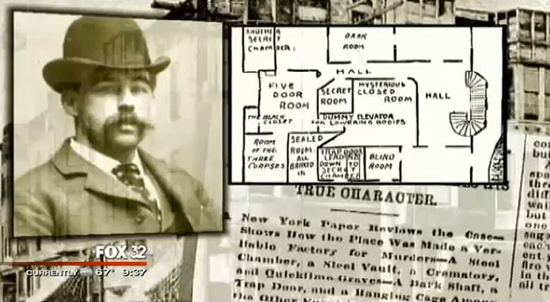
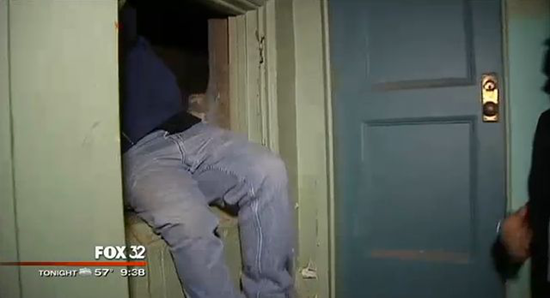
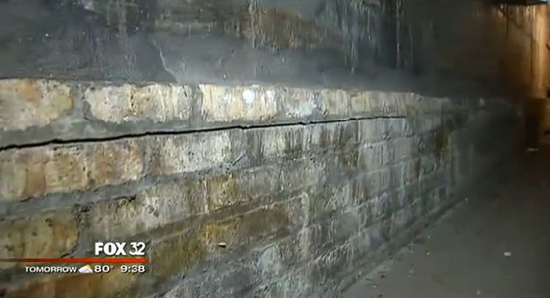
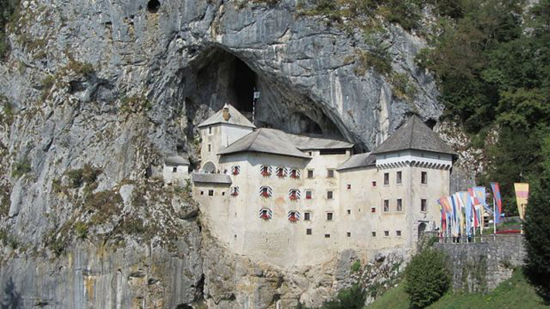
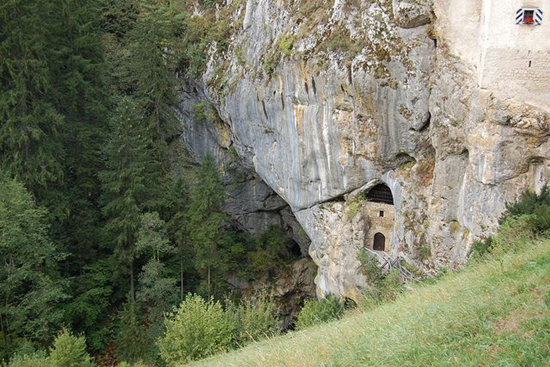
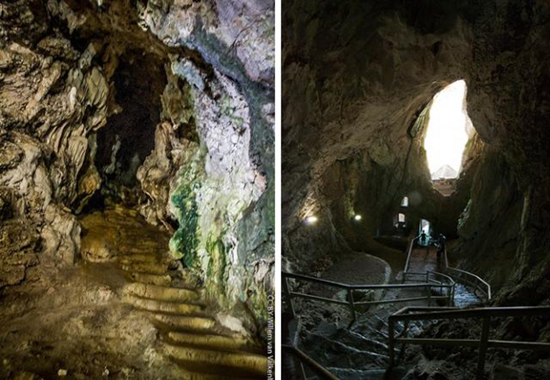
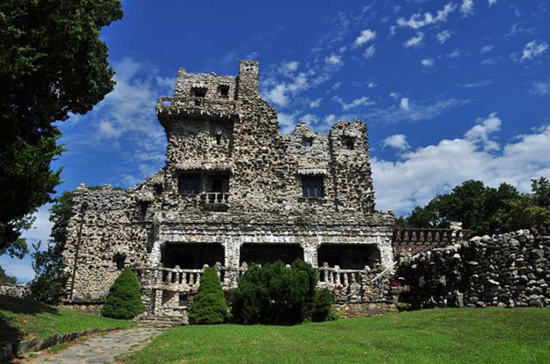

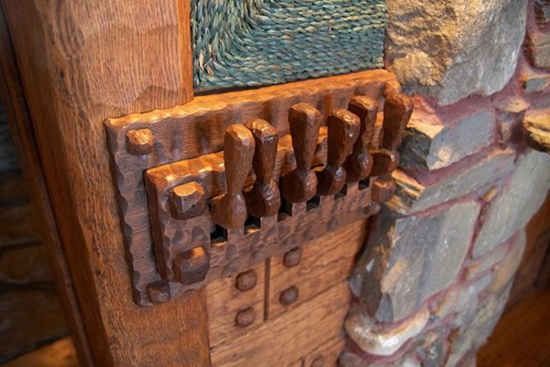


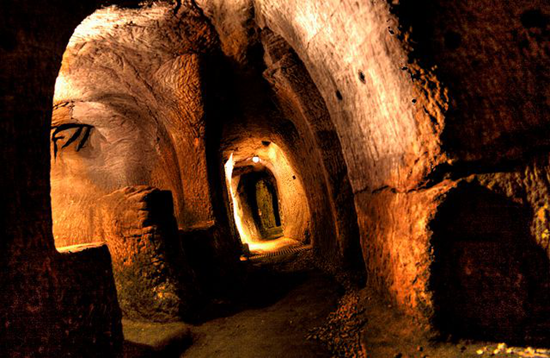
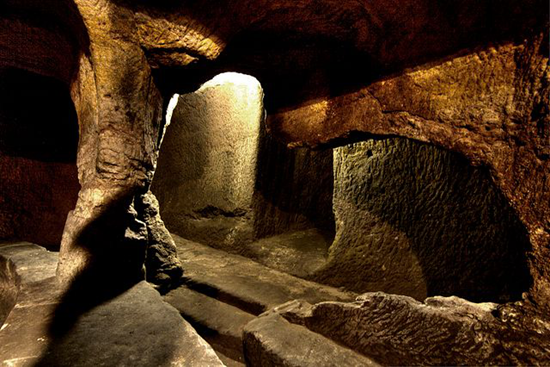
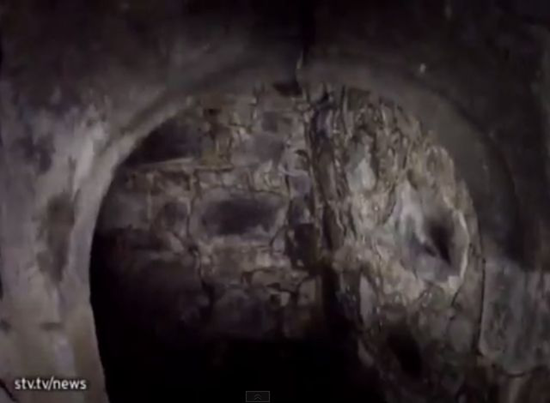
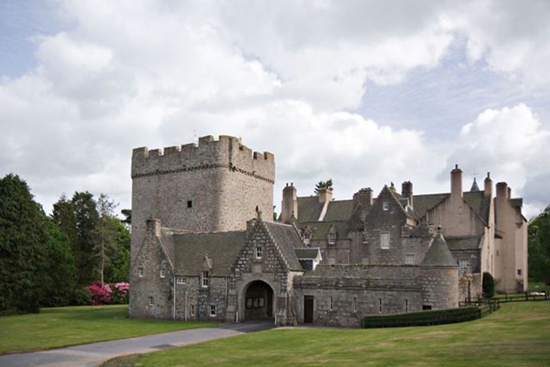
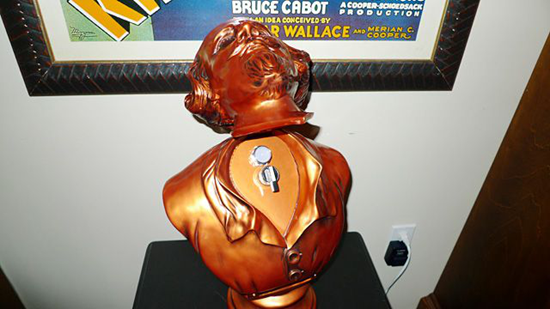
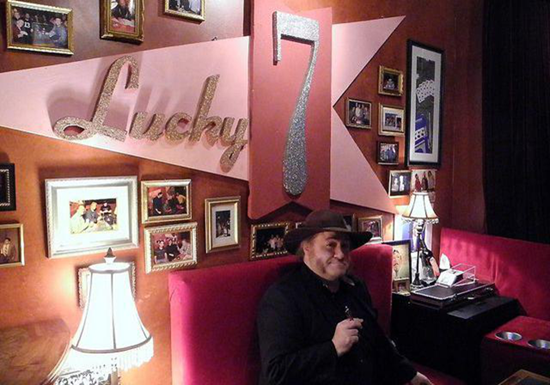

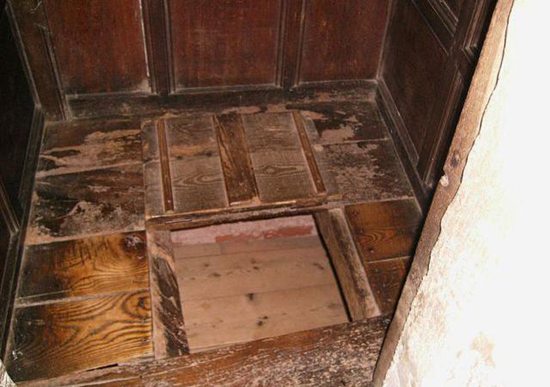
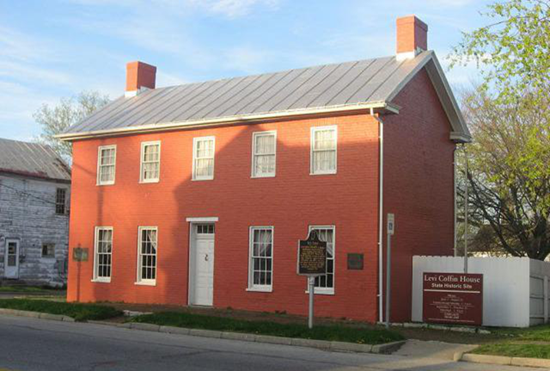
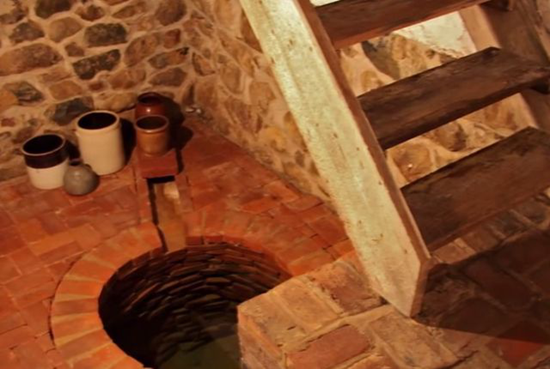
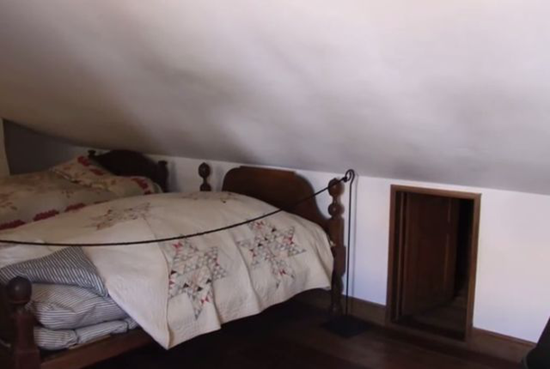
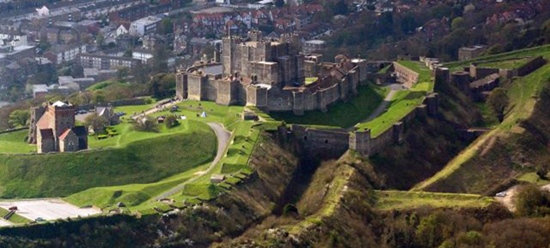
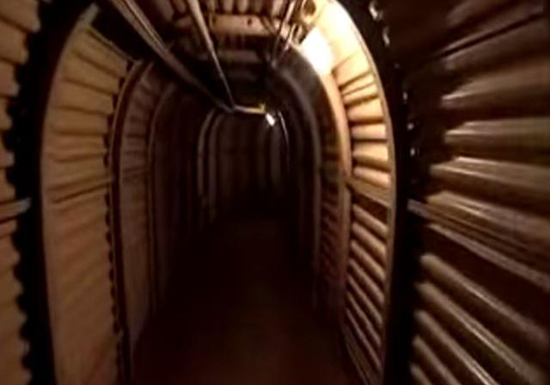

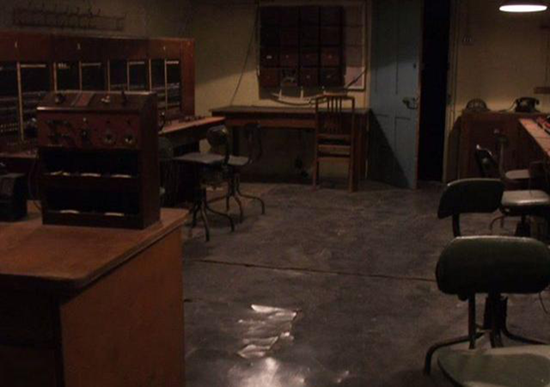
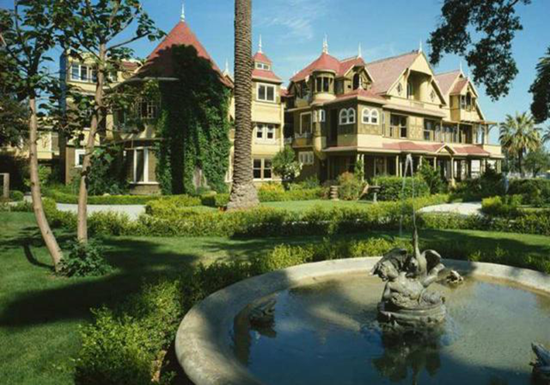
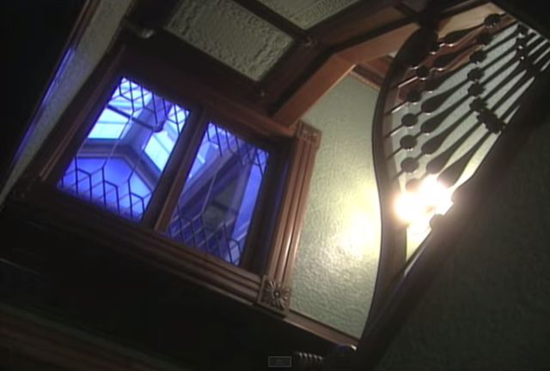

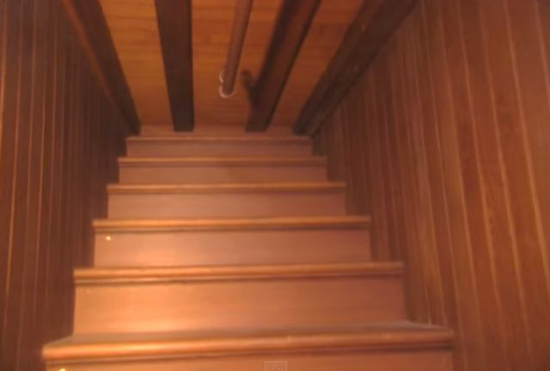
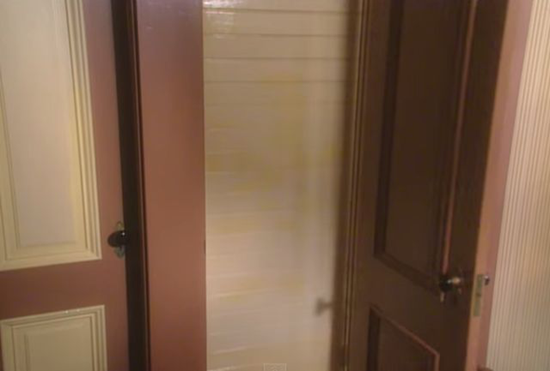
I felt very happy while reading this site. This was really very informative site for me. I really liked it. This was really a cordial post. Thanks a lot!.
ReplyDeleteVintage Chandeliers